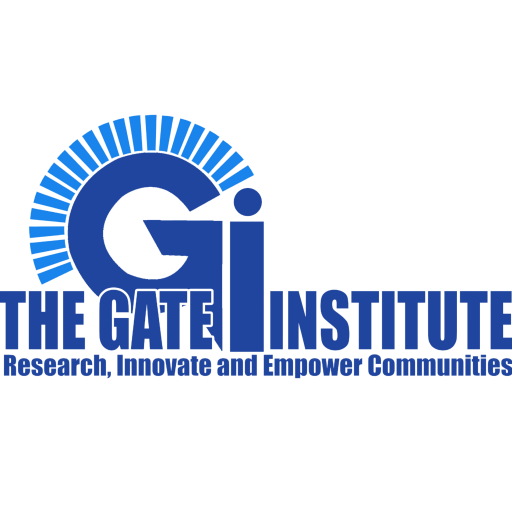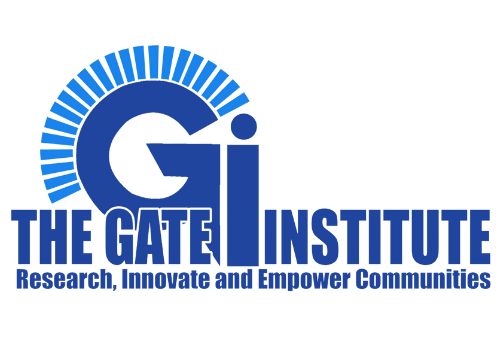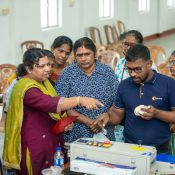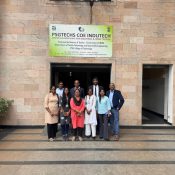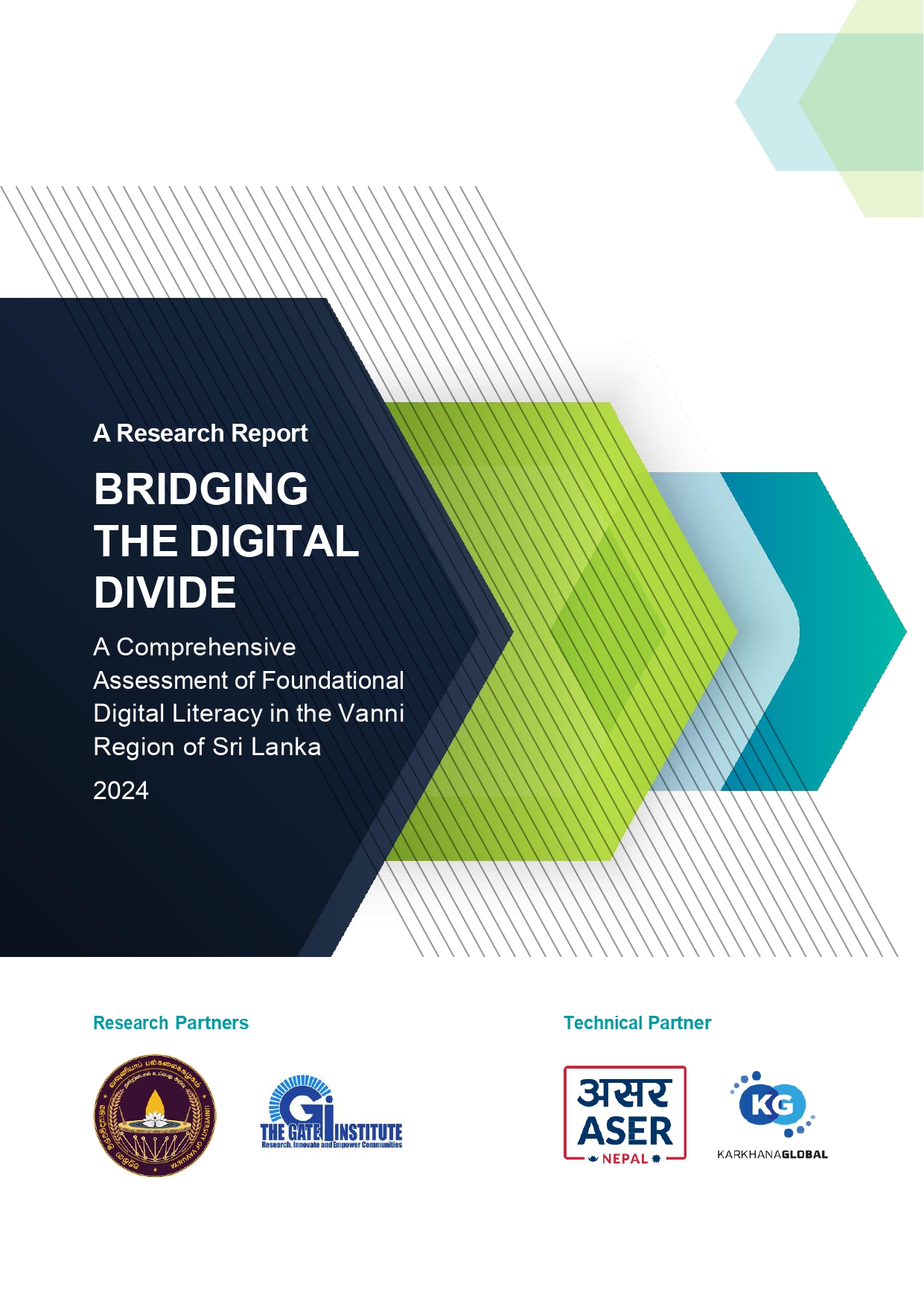
50 per cent of people between the ages of 12-40 in Vanni do not know how to use email: Study finds
A study on digital literacy conducted among people aged 12-40 in the Vanni region of the Northern Province found that nearly 50% do not know how to create, send, and read email, only 17% find employment through websites and social media, only 30% access government services through websites, and 30% do not use social media at all.
The study entitled ‘Bridging the Digital Divide: A Comprehensive Assessment of Foundational Digital Literacy in the Vanni Region of Sri Lanka 2024’ was conducted jointly by The Gate Institute, UK and the University of Vavuniya among 2,975 people aged 12-40 from 1,347 households in the Vavuniya, Mannar, and Mullaitivu districts of the Vanni region. ASER, Gali Gali, and Karkhana Global, Nepal, were technical partners in conducting the study in line with UNESCO’s Digital Literacy Global Framework.
This study’s data collection was carried out in 2023 and 2024, and its full report was released a few weeks ago.
The key findings of the study are as follows:
The assessment reveals that smartphones are the most widely available digital devices, with 92.3% of households owning at least one. Mannar district leads in smartphone penetration, with 98.85% of households reporting ownership. Internet access is relatively high across the three districts, with Mannar showing the highest connectivity rate at 90.48%, followed by Vavuniya (85.86%) and Mullaitivu (85.41%). Mobile connections dominate as the primary means of internet access, while broadband usage remains limited. In contrast, ownership of computers and tablets is significantly lower, with only 12% of households owning a computer and 5.4% owning a tablet.
Proficiency in digital skills varies significantly across basic, intermediate, and advanced levels. Foundational tasks such as charging devices, making calls, and saving contacts exhibit high proficiency rates, exceeding 95%. Moderate proficiency is observed in tasks like web browsing (79%) and conducting keyword searches (83%). However, advanced skills show significant gaps, with only about 50% of respondents proficient in email-related tasks such as creating, reading, and sending emails.
Gender-based differences are evident in both device ownership and skill proficiency. Males report higher ownership of computers and laptops and outperform females in advanced skills like online research and email usage. Conversely, women slightly excel in basic tasks such as saving contacts, reflecting potential differences in access and usage patterns.
The study highlights clear age-based trends in digital literacy. Younger respondents, particularly those aged 12–18, demonstrate higher proficiency in advanced digital skills, such as social media usage and online browsing. In contrast, older respondents aged 30–40 show greater proficiency in basic tasks like making phone calls and operating devices.
The findings indicate a strong correlation between household wealth and digital literacy. Wealthier households exhibit better proficiency in advanced skills, such as web browsing and email usage. However, basic skills remain consistent across all socioeconomic groups, suggesting that economic disparities less influence foundational competencies.
These findings underscore the need for targeted interventions to address gaps in advanced digital skills, bridge gender disparities, and improve access to digital infrastructure in underserved communities.
The report can be downloaded from the below link: Bridging the Digital Divide: A Comprehensive Assessment of Foundational Digital Literacy in the Vanni Region of Sri Lanka 2024
